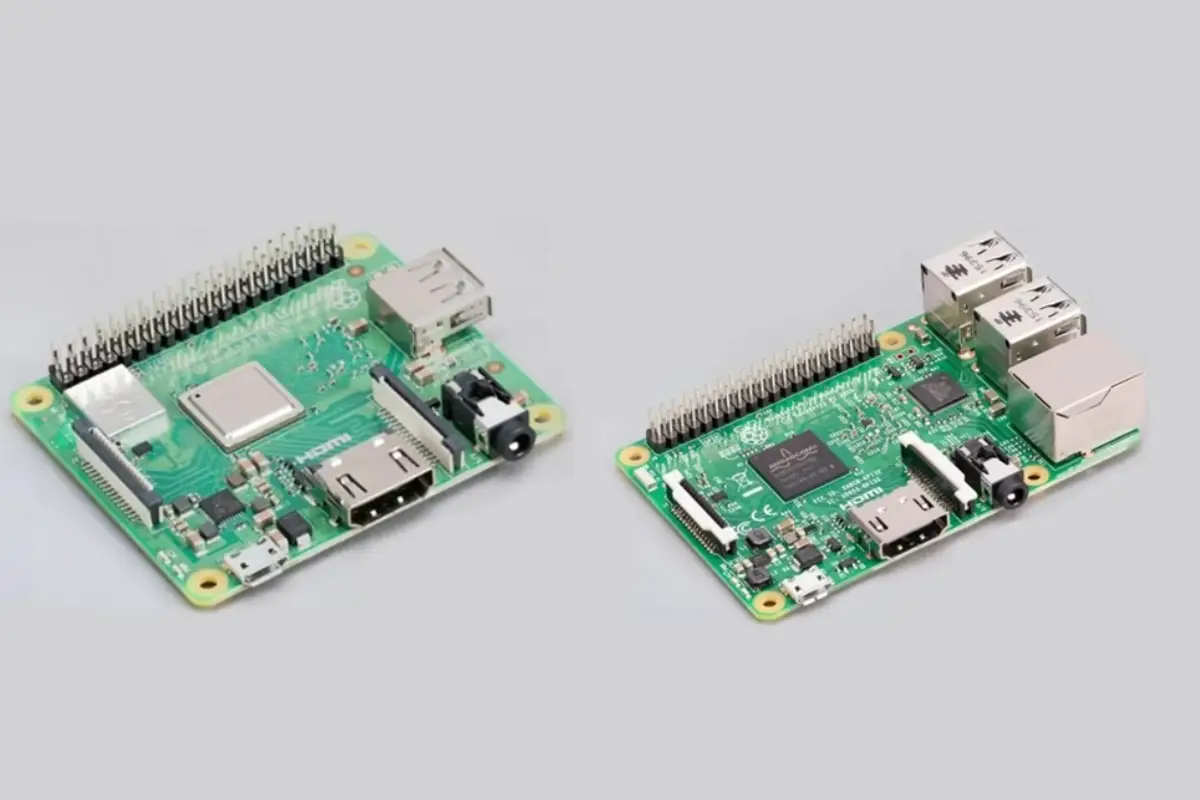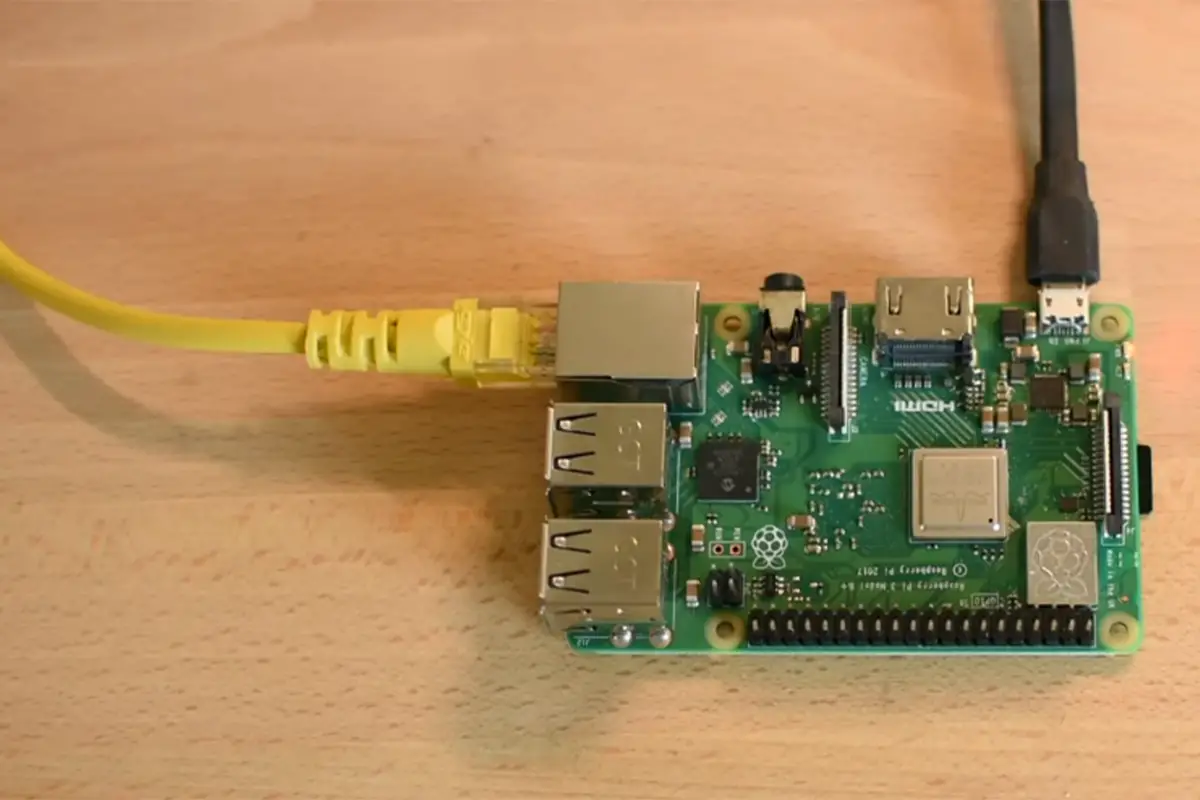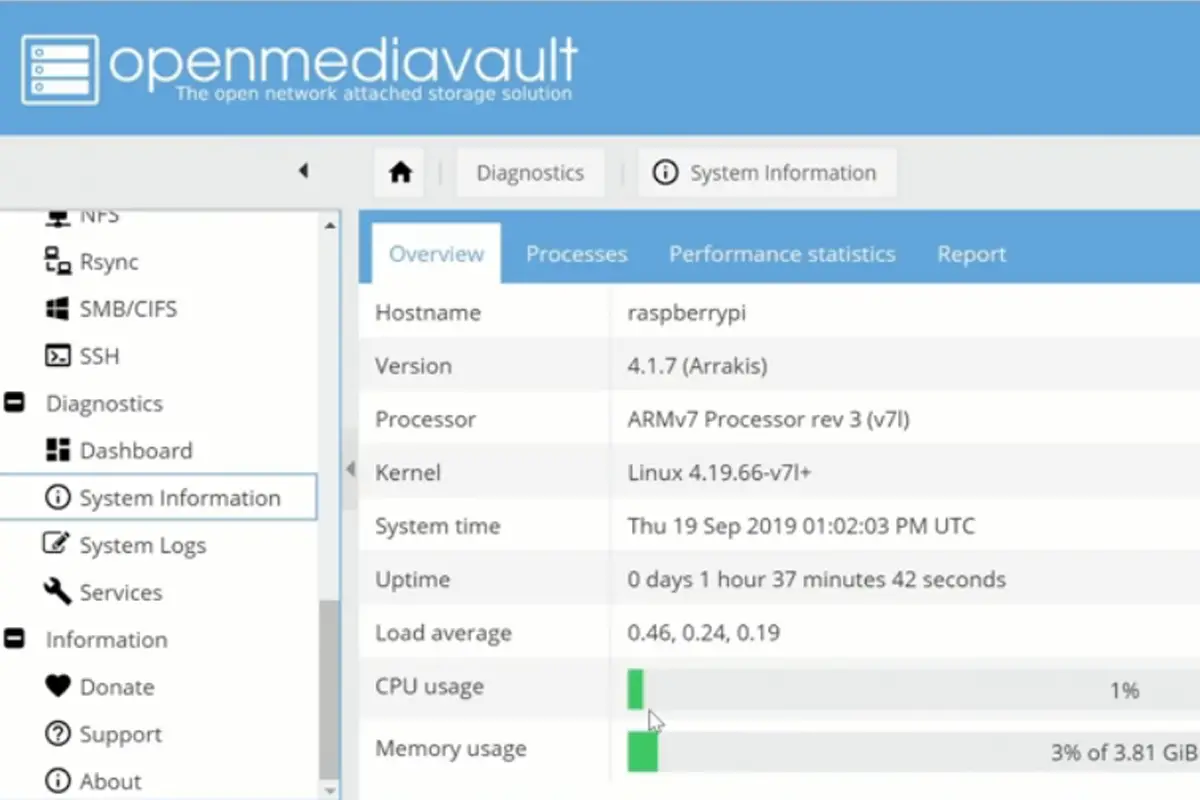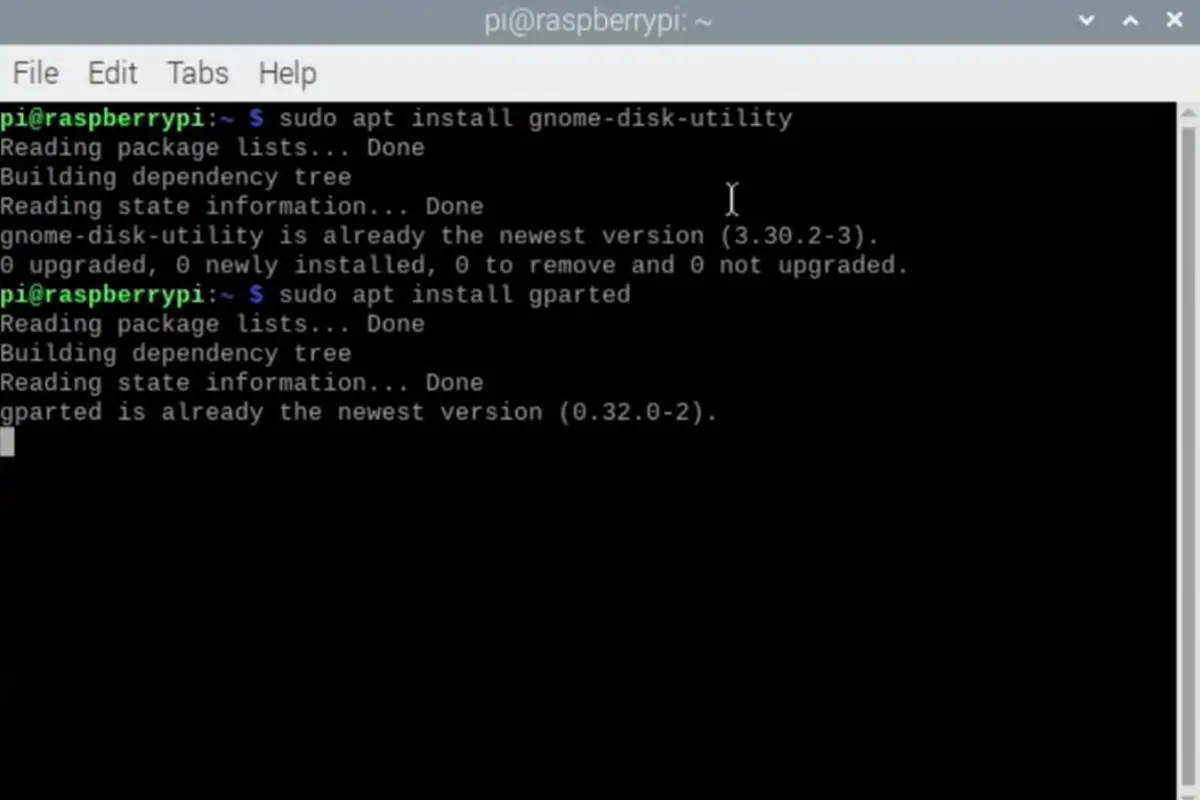Whether you’re getting started with Raspberry Pi systems or you’re well-established with them, you need to know what a duty cycle is and how to calculate them.

The term “duty cycle” has been around for decades in the electronics industry, but it’s only recently that we’ve seen it appear in the context of the Raspberry Pi.
It’s an important concept when working with microcontrollers because they have limited power resources and if you use too much current at once, your device will crash.
Let’s take a look at how you calculate duty cycles and what they are.
What Is A Duty Cycle?
A duty cycle is defined as a ratio of the pulse width (the length of the active part) to the period (the duration of the inactive part).
Duty cycles are the measure of time in which a transmitter is emitting its signal. It can also tell things how long before they are supposed to be on for.
For example, a frequency can tell a Raspberry Pi system to switch an LED light on and off multiple times. The data cycle informs the LED light how long it should remain illuminated before turning it back off.
In other words, the duty cycle tells the Raspberry Pi system how often the LED light should flash and for how long.
Calculating The Duty Cycle
To be able to calculate the duty cycle, you need to first know the width of the pulse as well as the period of time. The equation of the duty cycle is as follows:
Duty Cycle = Pulse Width / Time Period
Let’s use an example to help understand duty cycles more. Using the equation above, we will find the duty cycle in this example.
The pulse width is 0.05 seconds. The time period is 0.07 seconds. Using the duty cycle calculation, we can determine that the duty cycle result is:
71% = 0.05 / 0.07
This means that the on/off time ratio would be 71%. You have now successfully calculated how the on-time and off-time differ.
Other Factors In The Duty Cycle Equation
The duty cycle equation that we just looked at can only be used to determine the duty cycle as if there were no other extenuating circumstances involved. For example, the age of the machine might play a large role in the duty cycle.
Other factors that might affect this are the temperature, air quality, and voltage that the machine is being used on.
If you want to see the duty cycle of a specific circuit, you’ll need to do some research into the different components that make up the circuit. This way, you can figure out the duty cycle based on those individual components.
The duty cycle is a good way of giving you an insight into how long each on and off state of a machine is, but you should always consider the fact that there are outside factors that could throw this off slightly.
How Duty Cycles Differ
Some common duty cycles that you might see are 50% and 100%. These aren’t the only common percentages that you would see, but these are the ones that we are going to be focusing on for now.
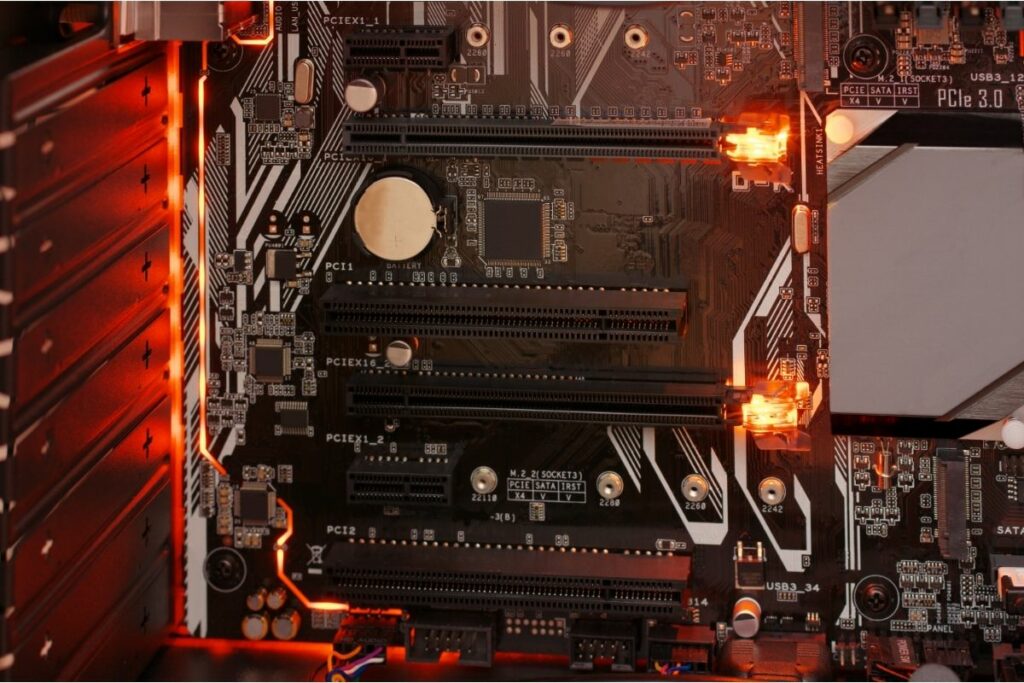
A 50% duty cycle would refer to a system in which the on-time and off-time are equal to one another. If we go back to our LED light example from earlier, this duty cycle would indicate that the light would be on for exactly as much time as it would be off.
You might also see a duty cycle of 100%. This simply refers to a system in which the on-time is constant, or that it is always in full power mode. The power supply never stops in this system.
In contrast to the 100% duty cycle, a 50% duty cycle indicates that there is some sort of control over the amount of time the light stays on.
What About Duty Cycles Referencing Time?
If you’ve seen this written somewhere: ’30-minute duty cycle’, don’t worry – you haven’t misread the 30% duty cycle. A time-referenced duty cycle means something different altogether.
When referring to duty cycles based on time, the percentage is not related to the actual time. Rather, it is a way to describe how much time the system spends in the on-state versus the off-state.
For example, if the duty cycle was set at 30 minutes, then it could mean that the system would cycle through the on and off positions within half an hour.
Why Are Duty Cycles Important?
When an electronic has a duty cycle, it is important that this performs correctly so that the machine isn’t in an on state for longer than it should be. For example, if an electronic device had a 60-minute duty cycle at 75%, the machine would spend 45 minutes in an on state and 15 minutes off.
This isn’t always convenient for people who need the machine on for longer than 45 minutes. However, you should not turn the machine back on and override the duty cycle. This is because the duty cycle has been put into place for a reason.
Overheating electronics is a surefire way to damage them, sometimes beyond repair. The 15 minutes of off time prevents the machine from overheating and needing repairing. However, if you override this and turn it back on before the duty cycle is ready, you will risk damaging your device.
The best thing to do when dealing with a duty cycle is to make sure that you understand what it is and why it’s used. Then, you can use it appropriately.

Summary
Duty cycles are a great tool to have in your arsenal when working with electronics. They can help you determine whether or not your machine is running properly, and they can help you figure out how long your machine should spend in an on-state as well as the off-state.
Just remember that there are often other circumstances that might make duty cycles less accurate. Nonetheless, it’s imperative that you follow them to prevent damaging your electronics due to overheating.
Justin Miller has put together a good video explaining duty cycle, frequency, and pulse width. Give it a watch below to gain a bit more understanding of this important concept.
- How To Uninstall Packages On Ubuntu - March 13, 2024
- How To Restart Ubuntu Using The Terminal - March 13, 2024
- What Is The Steam Deck | Experience Modern Handheld Gaming - March 12, 2024

